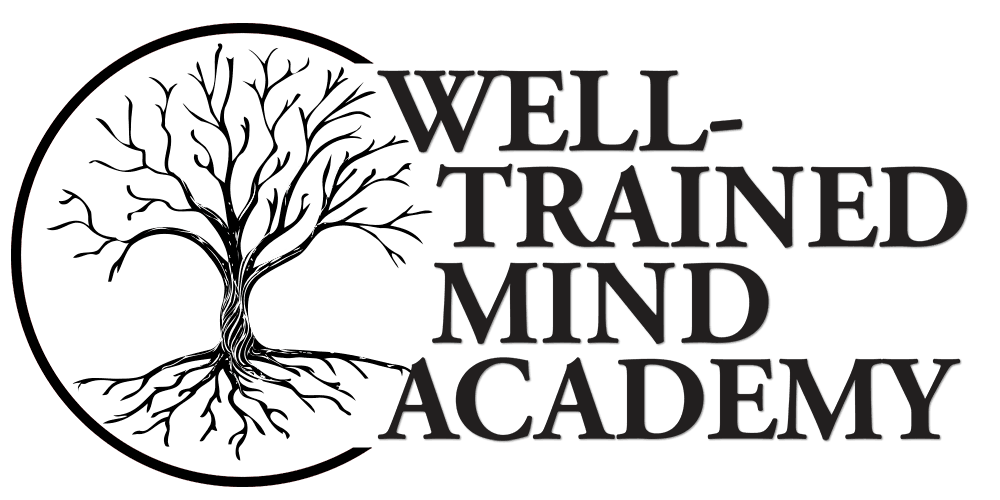Astronomy Lab
One-semester course. This course will provide an in-depth exploration of astronomical thought from the observations of skywatchers to the development of modern astrophysics during the 20th and 21st centuries, repeating essential elements of the discoveries of history’s most noted astronomers. Course content includes, but is not limited to, studying and applying the experimental method, composing activity reports, engaging in peer review with classmates, and presenting results. A certain amount of technical drawing will be expected, and weekly assignments will be scanned and uploaded to receive credit.
This course will provide an in-depth exploration of astronomical phenomena through structured investigation. In the fall, students will investigate topics including skygazing, gnomons, moon phases, Eratosthenes’ classic measurement of the Earth, Aristarchus’ measurement of the size and distance of the moon, the Copernican cosmos, Kepler’s Third Law. In the spring, students will investigate topics including Isaac Newton’s Moon studies, stellar aberration, stellar parallax, the intersection of photography and astronomy, stellar magnitude, Hubble’s law, and dark matter. Class meetings and assignments will require students to study and apply the experimental method, engage in peer review with classmates, present results, and discuss special topics, including the Big Bang Theory and radioactive dating.
Upon completion of the Astronomy Lab course, successful students will have become adept at applying their knowledge of astronomy and the scientific method by designing and carrying out data collection and analysis, interpreting data and the results of scientific investigations, presenting their results for peer comment and review, and thoughtfully engaging in scientific discourse.
*Alternates with Anatomy & Physiology Lab.
Astronomy Lab Information
- Example Syllabus
- Class meets once per week for 50-55 minutes.
- Class cap: 15 students.
- Designed for grades 9-12.
- High school students may be awarded .5 Lab Science credit upon completion of this course.
- Taught by Courtney Ostaff
